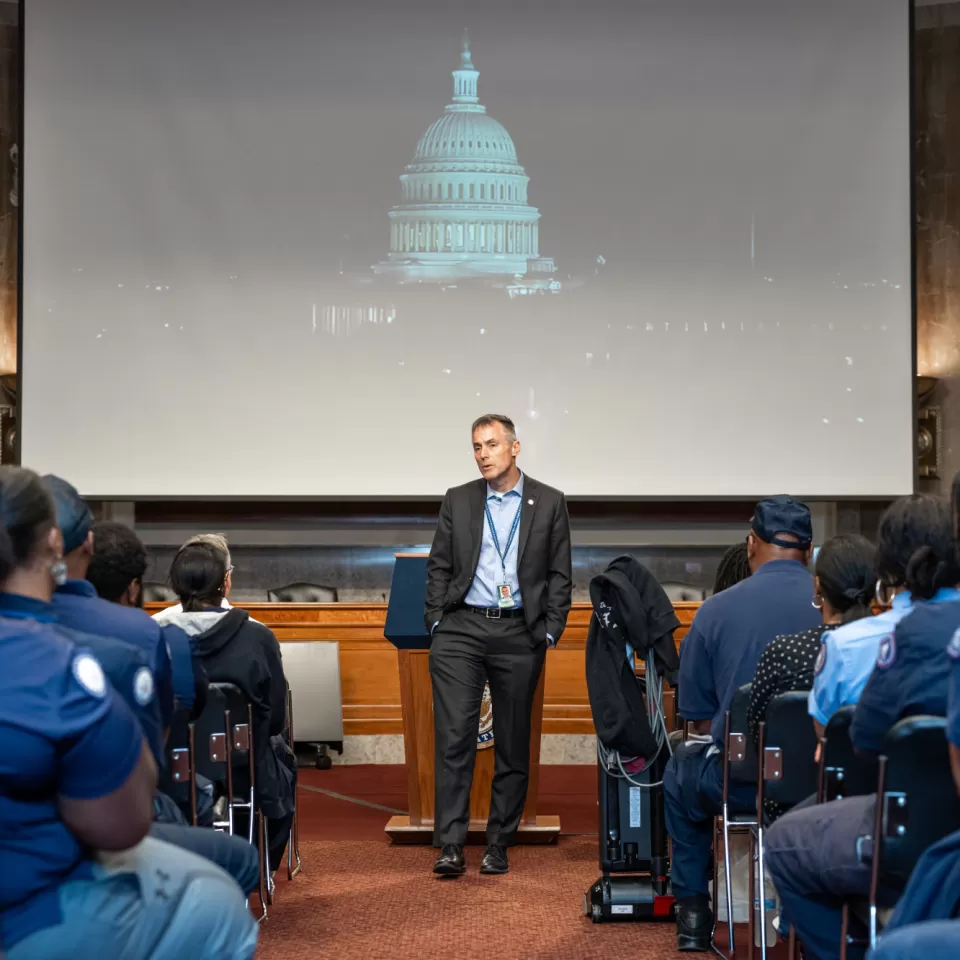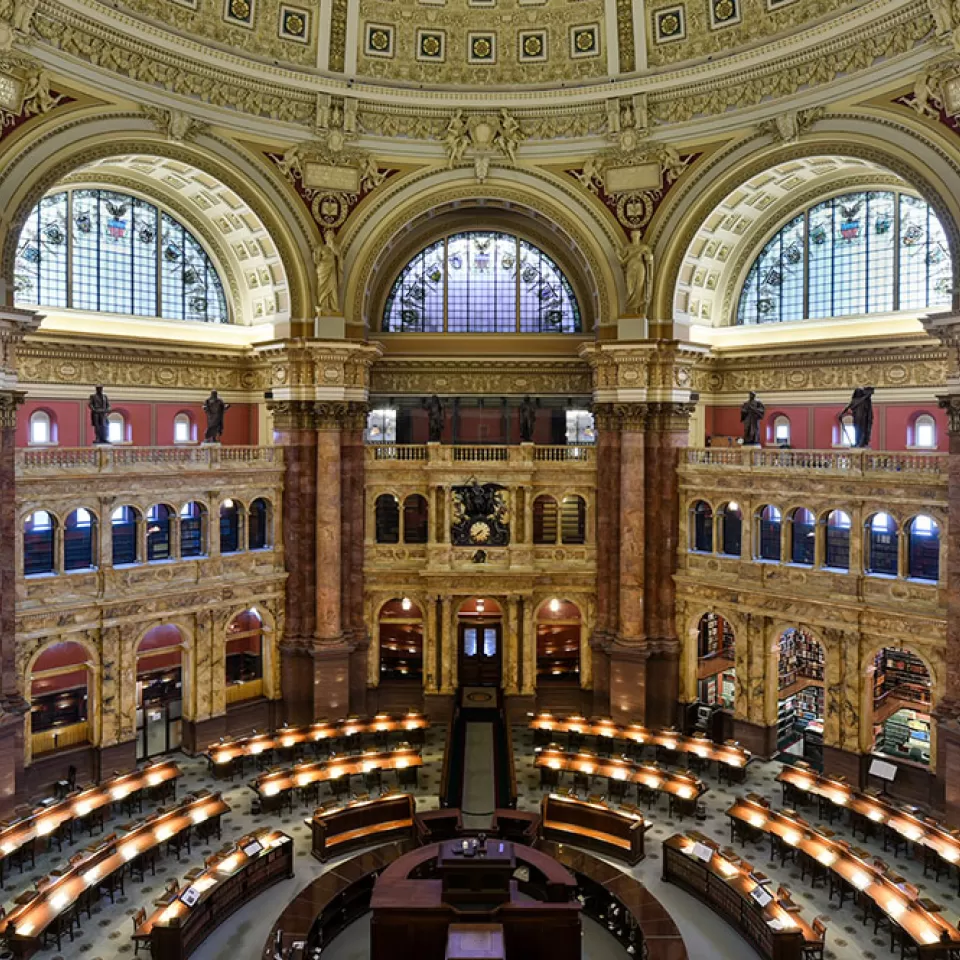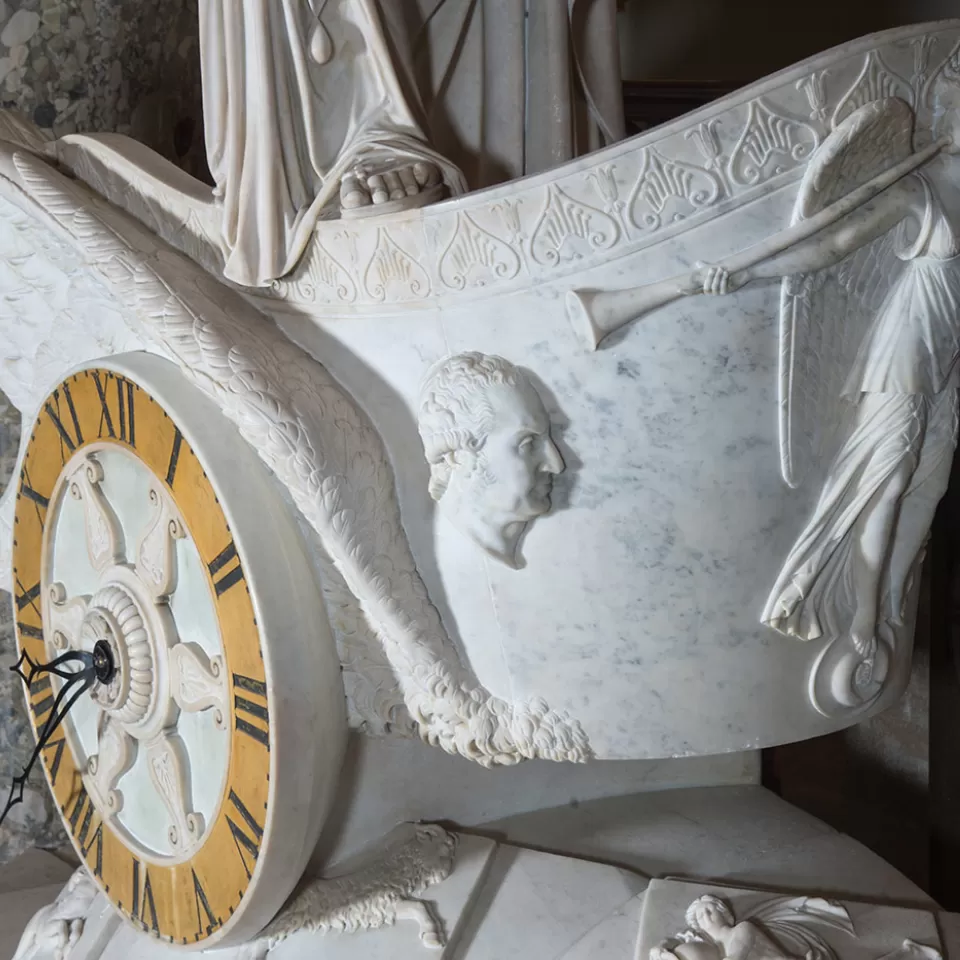Our Stories
Recent Articles
From the Architect
Meet the Architect: Q&A with Thomas E. Austin
Get to know the newest Architect of the Capitol.
From the Architect
Architect's Notebook: One of My Favorite Things
While Architect's Notebook is often used to write about architectural features found on Capitol Hill in Washington, D.C., this time it's about Stephen Ayers' favorite and most important part of this organization: AOC employees! More specifically, their giving and generous spirit.
From the Architect
Architect's Notebook: Finding Comfort In Balance
It is human nature to try to find order and balance in our surroundings. One of the ways I do this in my own life is to be as organized as possible.
From the Architect
Architect's Notebook: A Washington Connection
Even after working with this agency for more than 20 years, I continue to discover little surprises in the buildings, grounds and art cared for by our employees.







Add new comment